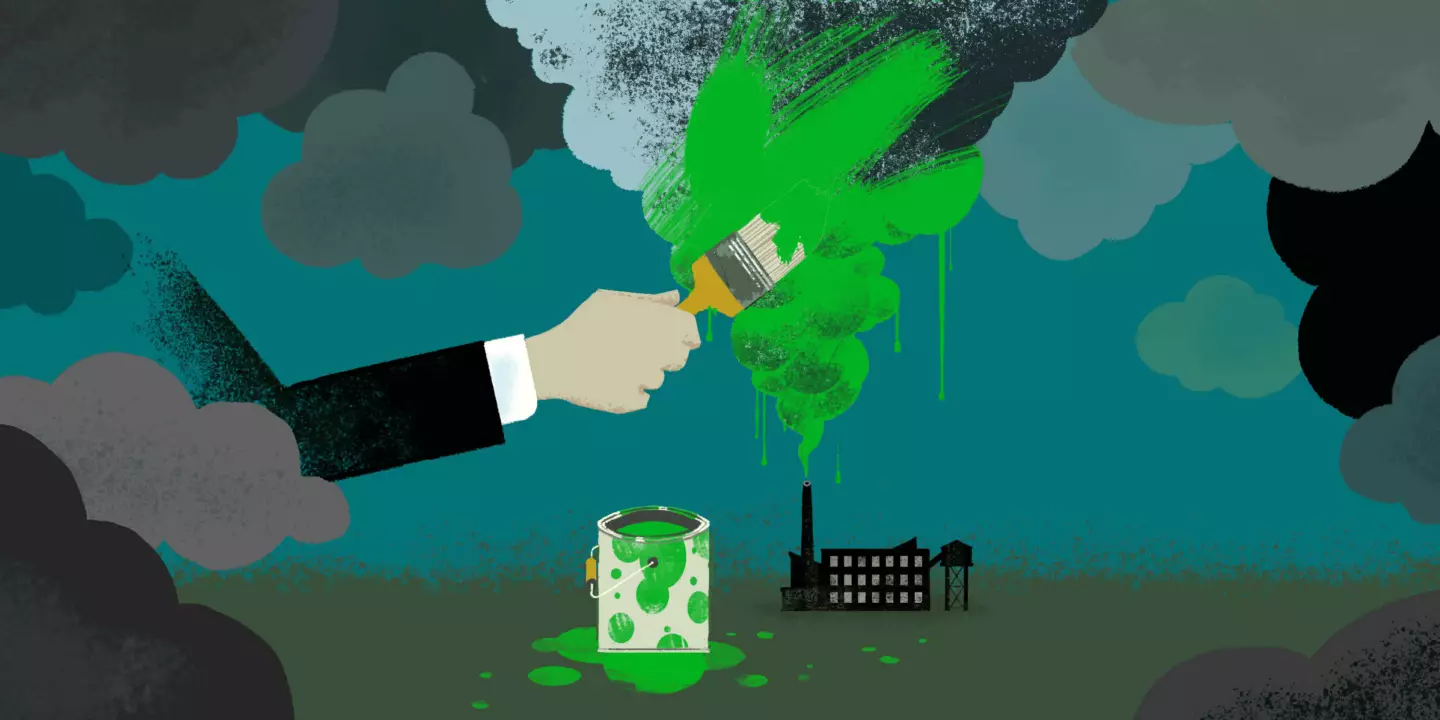The downside of carbon offsetting claims
However, there is a downside. The problem with offsetting is that greenhouse gases are being emitted now, and the trees being planted to remove these gases won’t do their job for decades.
Knowing what we do about the urgency of our situation, this is not soon enough.
With many quick and easy carbon offsetting options available today, claiming carbon neutrality is simple to do. But while it’s great for marketing, this approach only masks the problem.
Offsetting allows companies to claim that they, or their products, are carbon neutral, positive or negative (all confusingly used to mean good) when in fact greenhouse gases are still being emitted and the problem is only getting worse.
On top of this, the tidal wave of sustainability claims gives the impression that all is well. When really our situation is far from ok. In fact, I’d say we are up the creek.



